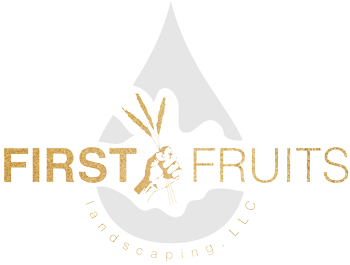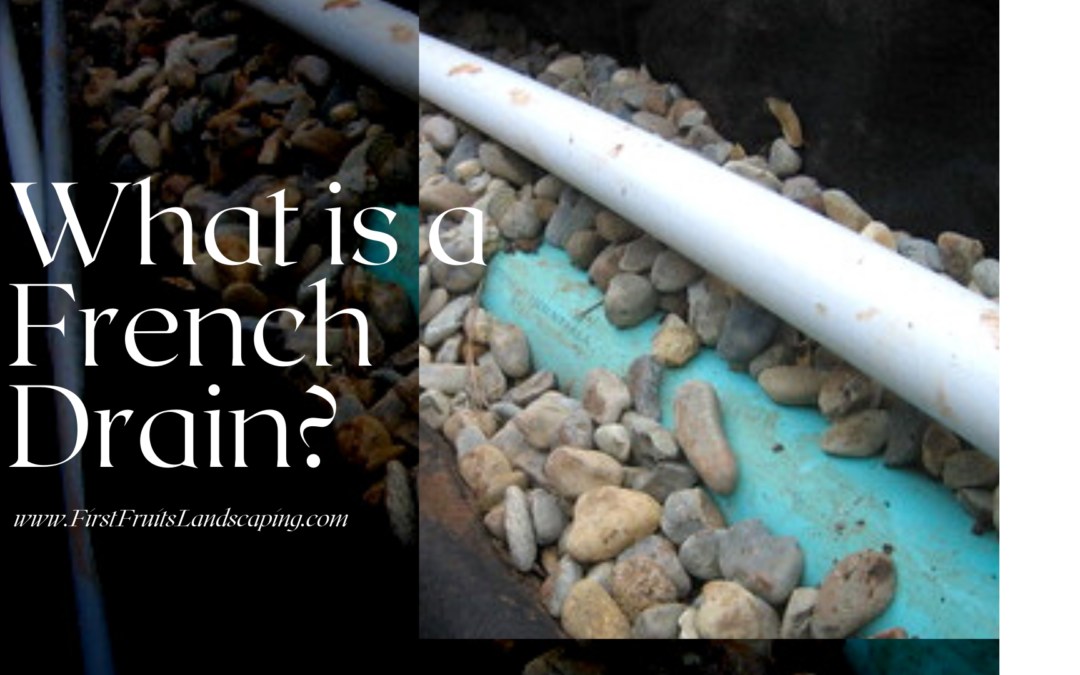A French drain, sometimes referred to as a trench drain, although they are different, are perfect for a soggy yard or wet basement. Water naturally flows downhill and usually by the easiest route possible. A French drain is a slightly sloped trench filled with round gravel and rocks and a pipe that diverts water away from the house. Even though the name implies it, it doesn’t actually come from France. It’s actually invented by Henry French, a farmer in Concorde Massachusetts who promoted the idea in 1859.
What is a French Drain and When to Use Them
A French drain provides an easy channel for water to flow through. Water runs into this rock-filled trench, pass the rocks into a perforated pipe at the bottom, and then travels through the pipe emptying a safe distance away from the house, typically toward the street or a drain. The trench should be sloped about 1 inch for every 8 feet in the direction you want the water to go. It can be diverted to a low-lying area of a property, drainage ditch, out onto the street that goes into the drain, or a dry well.
French drains are perfect if you have a problem with surface water such as a soggy lawn or driveway that washes out during the rainy season. Now that we’re into the winter, were going to get rain more and more, which reveals the need for a French drain on a lot of properties. If you’re building a retaining wall on a hillside, a French drain may be the only way to redirect runoff water from other properties or locks.
What about water getting into the basement?
If water is getting into the basement from around the foundation you’ll need to install a deep French drain also called a footing drain. This drain runs around the perimeter of the home at the footing level and intercepts water before it can get down into the basement along the foundation. It typically is installed during home construction but it can be installed later on, however, it’s much more difficult and expensive. If you have tall basement walls you may need to dig down quite a ways to access the foundation footing.
While the above is more of a construction issue, French drains that divert water away from the house in general landscaping is definitely something that we do. French drains that require construction and footing can cost upwards of $12,000 but installing a French drain on a property in existing landscaping can run you between $1000 and $4000 depending on the need.
Retaining walls
If you’re building a retaining wall, a French drain behind the first course of stones or blocks is the best place to put it. This is also one of the least expensive installations of a French drain.
Do they have to be ugly?
French drains can actually be very attractive. We can use a variety of different rocks and stones and make it almost looked like a rainscape or dry rock bed even though under the rocks is serving a purpose. The trench is dug with the slope in the direction you want the water to go, typically down about 18 inches to 2 feet. Will need to determine the correct diameter of the drainpipe and its relative effectiveness.
After digging the trench, will fill it with a few inches of crushed stone, cover the stone with water-permeable landscape fabric to discourage weed growth, and lay piping into the trench. Wrapping landscape fabric around the pipe will keep dirt and roots from obstructing the system and then finally infill the trench with gravel, rocks, and stone to grade.
If you’re interested in getting a quote on a French drain on your property, contact us below at any time. We can help determine the best option for a French drain to direct the water away from the house and correct that soggy yard. Call First Fruits Landscaping for all of your Pacific Northwest landscaping, gardening, and yard maintenance needs. Would love to help you design and prepare your garden or landscape for the entire year.
More Great Resources for Homeowners:
Image by Jeff Tidwell – Sergiy Marynchuk, CC BY-SA 4.0 <https://creativecommons.org/licenses/by-sa/4.0>, via Wikimedia Commons

